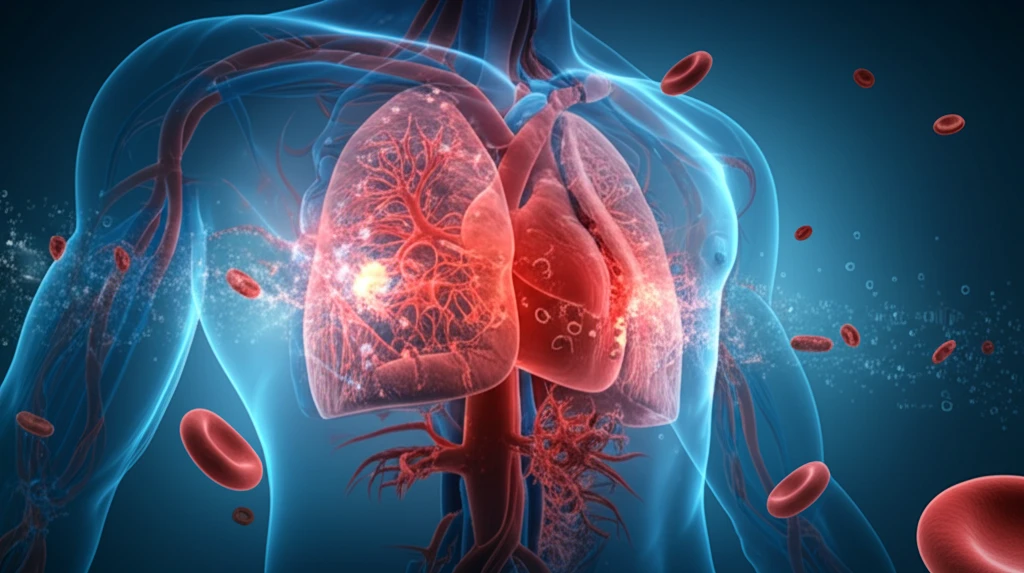
Aneurysm Alert: How a Rare Vein Condition Can Cause Life-Threatening Clots
"Unveiling the dangers of superior vena cava aneurysms, their rapid progression, and why immediate action is crucial to prevent pulmonary thromboembolism."
Aneurysms in the major veins of the chest are uncommon. Typically, they don't cause symptoms and are monitored without intervention. However, complications like rupture, blocked veins, or blood clots can occur, sometimes requiring surgery. This article discusses an unusual case of a 55-year-old man with a superior vena cava (SVC) aneurysm that rapidly worsened, leading to blood clots and a life-threatening pulmonary embolism (PTE).
This particular case underscores the importance of recognizing the potential dangers of venous aneurysms and acting swiftly when complications arise. It highlights the challenges in managing such rare conditions and the need for tailored treatment strategies.
Let’s delve into the details of this case, examining the symptoms, diagnosis, treatment decisions, and the lessons learned about managing SVC aneurysms.
The Case Unfolds: Symptoms and Initial Diagnosis

In December 2009, a 55-year-old man was admitted to the hospital with sudden chest pain, shortness of breath, and low blood pressure. He had been aware of an asymptomatic SVC aneurysm for two years, but its size had remained stable. However, upon admission, a chest X-ray revealed a significant widening in the middle of his chest, indicating rapid expansion of the aneurysm.
- Symptoms: Acute chest pain, dyspnea, and hypotension.
- Previous Condition: Asymptomatic SVC aneurysm for 2 years.
- Diagnosis: Rapidly expanding SVC aneurysm with internal thrombi, confirmed by chest radiography and CTA.
- Echocardiogram Findings: Enlargement and hypokinesia of the right ventricle, suggesting pulmonary hypertension.
Key Takeaways for Managing SVC Aneurysms
This case highlights the critical need for vigilance in managing even asymptomatic SVC aneurysms. The rapid progression and life-threatening complications underscore the importance of considering proactive interventions and tailored treatment strategies to prevent pulmonary thromboembolism. While rare, this case serves as a reminder of the potential dangers and the need for prompt, decisive action.
